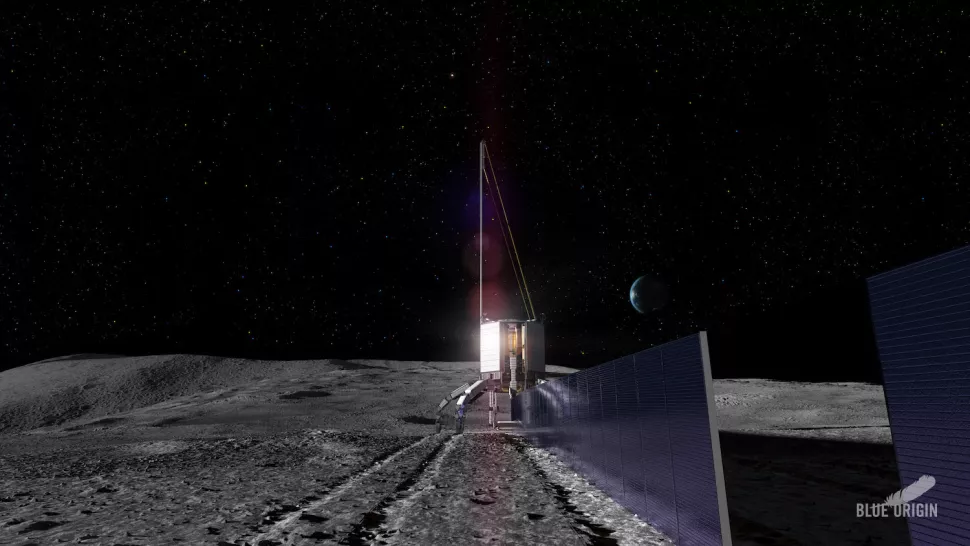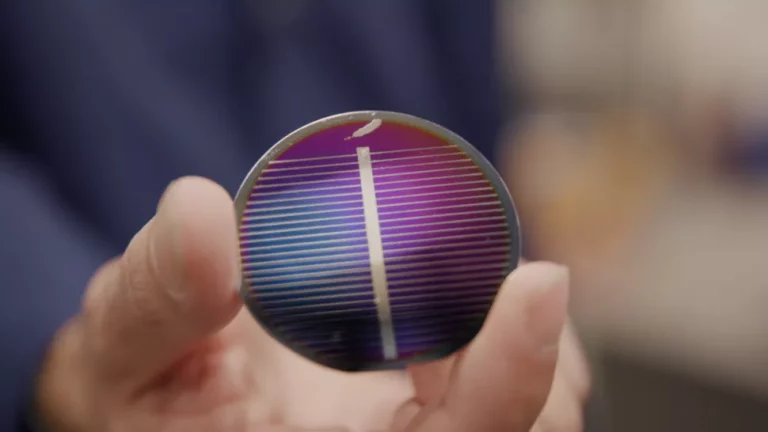Blue Origin’s “Alchemist” project produces solar cells using simulated moon dirt.
The ‘Blue Alchemist’ technology could be a big boost for plans to build and operate outposts on the moon.
According to Blue Origin, the private spaceflight company owned by Jeff Bezos, they have made significant strides in creating a technique for fabricating solar panels utilizing lunar surface materials. This achievement has significant implications for future lunar colonization, as it offers a means of generating electricity on-site, negating the requirement to transport equipment from Earth.
To accomplish this, the process involves generating regolith simulants that have comparable chemical and mineral composition to actual lunar regolith (i.e., dust, dirt, and gravel). Subsequently, the regolith is melted and transported using a reactor. Passing an electric current through the molten material extracts iron, silicon, and aluminum from the regolith.

Blue Origin’s Blue Alchemist process enables the team to create solar panels, protective glass, and wiring from the extracted materials. In addition, the process generates oxygen as a byproduct that could be utilized for life support or rocket propulsion.
Since 2021, Blue Origin has been producing solar cells and transmission wires utilizing regolith simulant. Although this idea needs to be tested with actual lunar regolith in the harsh lunar environment, this development has the potential to be a significant enabler for exploration.
“Blue Origin’s goal of producing solar power using only lunar resources is aligned with NASA’s highest priority moon-to-Mars infrastructure development objective,” the company statement said.
Various space organizations and private companies are exploring ways to utilize lunar regolith, including constructing bricks for buildings and generating oxygen.
Blue Origin, with its goal of contributing to space exploration, plans to launch a couple of NASA spacecraft to Mars in 2024. While the company previously attempted to sue NASA for its Artemis program’s lunar lander selection, it is now vying for a contract as part of the agency’s lunar transportation strategy.
Do not forget to share your opinion with us to provide you with the best posts !




0 Comments